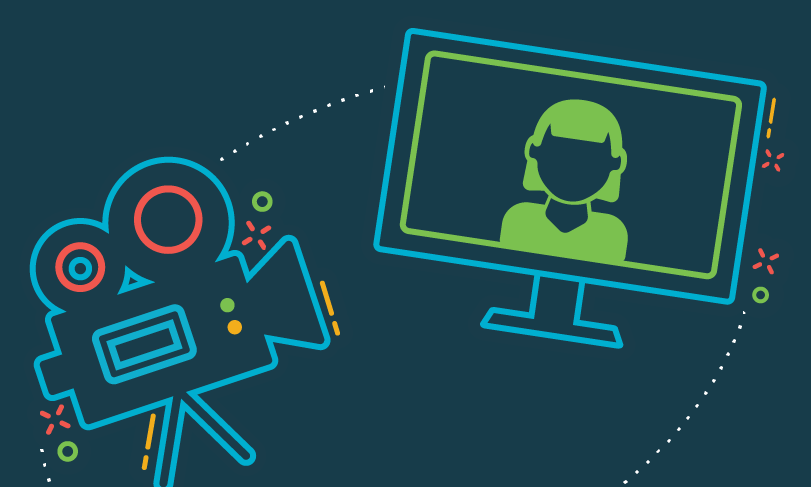As early talent hiring teams shift away from traditional recruiting methods, more and more teams are using video interviews to connect with candidates beyond the career fair booth.
Video interviewing software can help you expand your talent pool to include students outside of your core schools — or even as a way to reduce travel costs and avoid having to reschedule meetings. Some companies have also used video interviews to replace first round on-campus interviews, helping them accelerate their hiring process and send offers to top quality candidates before the competition.
Whether you’re considering rolling out your first live video interview program or have been leveraging a remote interview process for years, Yello’s customer success team is sharing best practices from the best-performing video interviewing users they work with.
1. Remove obstacles like extra downloads or sign-ins for a better interview experience.
Before launching a new video interviewing platform, test interviews with your team. Is it difficult to login? Does it take more than a few minutes to get set up? Do you have to register for an account before the meeting?
In order to make your interview experience as seamless as possible, you’ll want to eliminate these barriers for candidates. Especially before an interview, job seekers are already stressed out. The last thing they need to worry about is troubleshooting a 10-step process to enter the interview room.
Look for a platform that’s intuitive, and simply provides job seekers with a link to a chat room with no sign-in or downloads required — like Yello!
2. Send automated candidate reminders before the interview.
Let’s face it: time zones can be confusing. Even the most organized among us have added an hour when we should’ve subtracted, ultimately missing an appointment due to time zones.
Make sure everyone is on the same page by sending automated candidate reminders before the interview. Consider creating custom email or text reminders to candidates the day of, and an hour or two before the interview. You can also suggest that candidates log in a few minutes early to ensure their microphone and speakers are working properly. This will help your candidates feel prepared and reduce the time your team spends on rescheduling.
BDO saved as much as $1,000 per candidate with live video interviews.
3. Leverage candidate self-scheduling to eliminate endless back-and-forth communications.
To truly make your live video interviews a self-service experience for candidates, consider empowering them to schedule their own appointments. Choose an interview scheduling software that allows candidates to view available time slots and sign up for the time that works best for them.
This not only gives candidates more control over their interview experience — but also eliminates hours of scheduling time from your recruiting process. You’ll create a more streamlined, simple experience for both candidates and staff.
4. Make sure your hiring team is prepared.
Candidates aren’t the only ones who need reminders before the interview. Again, consider setting up automated reminders and communications for recruiters and hiring managers throughout the process. Ensure your staff arrives before the candidate so that they can check their internet connection, test their camera, and greet candidates face to face. For job seekers, logging into an empty room can be a bit unnerving and lead to a negative candidate experience.
And don’t forget — video calls are just like in-person interviews. Each interviewer should be armed with questions that will help them understand candidates’ skill set and assess company fit.
“We use video interviewing globally and it has created efficiencies for our team. Instead of flying candidates to on-site interviews, we conduct live video interviews and our recruiters review pre-recorded interviews on their own time, instead of during a scheduled phone screen.”
– Cielo
Leveraging live video interviews is a great way to connect with candidates when you’re not able to physically meet them — while reducing travel costs and manual work. If you’re interested in more tips or best practices, get in touch with us!



